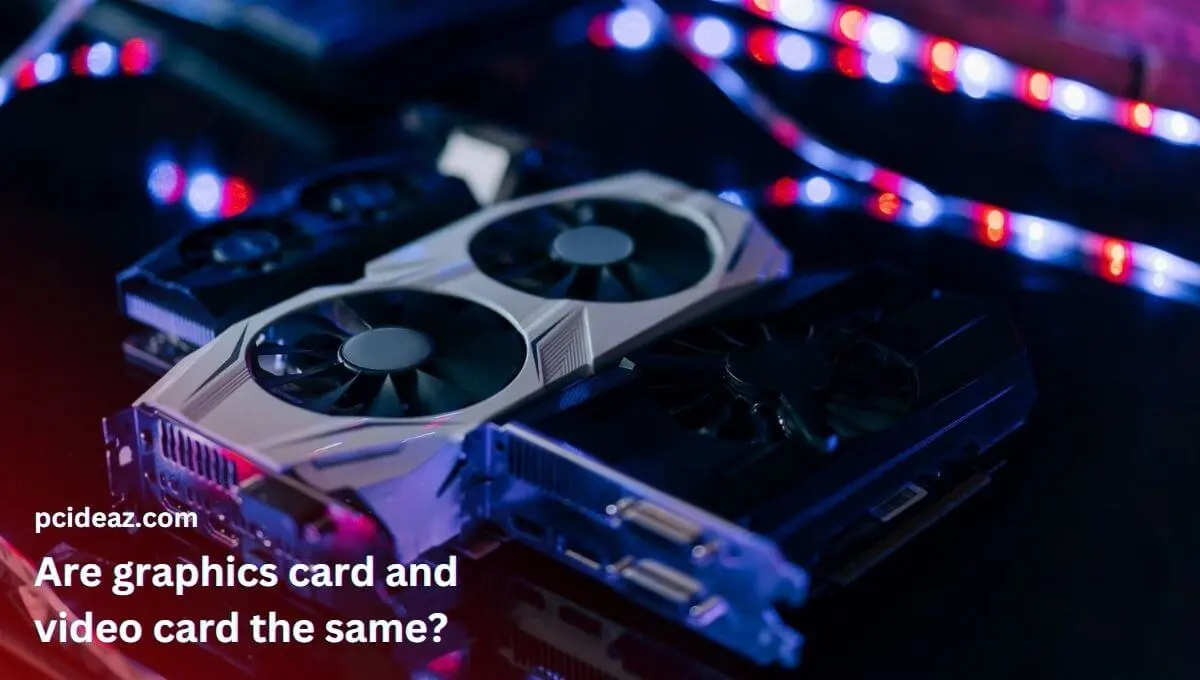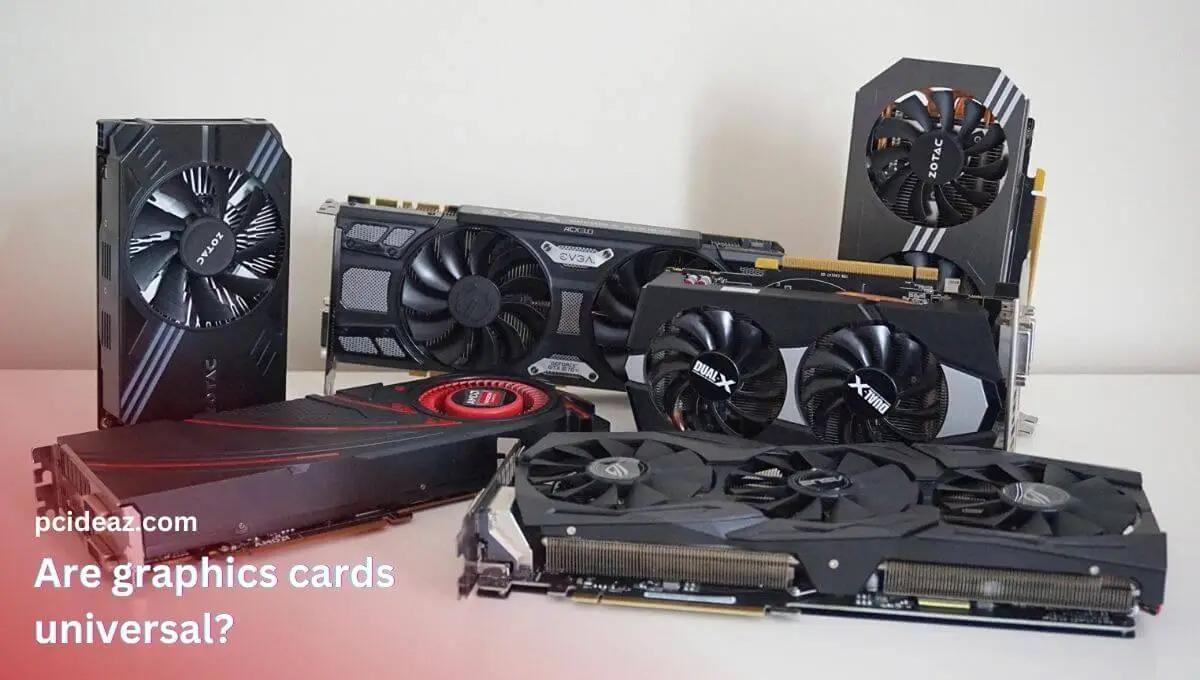The argument over integrated vs. dedicated graphics cards (GPUs) is almost as antique as modern PCs, although it has changed through time. Integrated GPUs previously had a bad image due to a lack of power. But technological developments have helped to reduce the difference between the two choices. To tell you what is discrete graphics vs integrated graphics and which will suit your needs best, we’ll discuss the distinctions between integrated and dedicated graphics cards. Let’s learn!
Key Takeaways
- Integrated graphics are built-in on the CPU’s die, while discrete is an external, independent graphics solution.
- Integrated graphics are cost-effective, while the discrete graphics card is ideal for excellent graphics performance.
What is discrete graphics vs integrated graphics?
Integrated graphics
A computer’s CPU, or central processing unit, performs the tasks via calculations required to run your computer. While a GPU or graphics processing unit functions similarly to a CPU, its primary responsibility is the processing of data and instructions related to graphics. When a CPU and GPU are found on the same chip, this situation is referred to as integrated graphics. As a result, if you select a processor with integrated graphics, it will be able to handle both standard CPU tasks and GPU tasks
| Pros | Cons |
|---|---|
| Suitable for portable computers. | Not upgradeable or removable. |
| Ideal for battery operation and requires less power. | Unsuitable for cases that require intensive graphics capabilities. |
| Produces less heat than discrete graphics. | You cannot play games with high resolution using this. |
| Has parallel solid processing and graphics | Creating high-end visuals is also quite tricky. |
| Appropriate for inter-hardware components. | Yes, you can play 3D games, but the graphics will need to be a little less detailed |
Discrete graphics
A dedicated graphics card is entirely independent of your CPU. The GPU is located on the graphics card and can handle graphics-related data and instructions independently of your CPU. Another feature of discrete graphics cards is VRAM, video RAM, also known as video random access memory, which provides the dedicated GPU with quick access to critical visual data. Compared to discrete graphics, integrated graphics access image data from the system’s memory rather than a separate set of memory.
| Pros | Cons |
|---|---|
| Better Processing Performance Generally | It demands and consumes Extra power |
| enables a machine’s upgradeability | It Produces Additional Heat. |
| Ideal For Use Cases That Demand a Lot of Resources | Major Connectivity Problems |
Discrete vs Integrated: Differences
| Discrete graphics | Integrated graphics | |
|---|---|---|
| Other names | GPUs or discrete graphics cards. | On-board graphics. |
| Description | Connects to the motherboard externally. | Internally attached to the motherboard or the CPU. |
| GPU | Has its own graphics processing unit (GPU). | It depends upon the CPU’s processing. |
| RAM | Has its own RAM. | Uses the system’s RAM. |
| Power consumption | Higher | Lower |
| Processing power | Higher than usual | Lower than usual |
Discrete vs integrated graphics: which one to choose?
When choosing between discrete and integrated graphics, there are several factors to consider:
-
Performance: Discrete graphics cards, also known as dedicated graphics cards, have their own memory, processor, and cooling system separate from the CPU. These dedicated resources perform better than integrated graphics, which share memory and processing power with the CPU. This makes discrete graphics cards better suited for gaming or other graphics-intensive applications that require high frame rates and detailed graphics.
-
Power consumption: Discrete graphics cards consume more power than integrated graphics because they have their own processor and memory. This can concern laptop users or those looking to build a low-power system. It may also affect the battery life of laptops. You’ll need to keep an eye on your PC’s temperature, as a dedicated graphics card may cause it to rise.
-
Cost: Discrete graphics cards can be more expensive than integrated graphics. This can be a consideration for those on a budget looking for a cost-effective option. In short, if you want to save your bucks, the discrete graphics will suit you best. In contrast, the dedicated graphics are ideal if budget isn’t a concern. Instead, you want a powerful performance.
-
Future-proof: For graphics-intensive gaming, video editing, and bitcoin mining, you need a dedicated GPU. You can get away with a CPU with integrated graphics for more general use, such as web browsing, most work-from-home tasks, and light gaming. In short, you must go for a discrete graphics card if you want a future-proof graphics solution.
-
Compatibility: Some motherboards may not be compatible with certain discrete graphics cards. It is essential to check compatibility before purchasing. Make sure the graphics card is compatible with the motherboard’s interface and that the power supply unit provides enough power to the graphics card.
-
Heat and noise: Discrete graphics cards generate more heat and noise than integrated graphics because they have their own cooling system. This can be a concern if you want a quiet and cool system. In case you don’t want to distract yourself from what you’re doing, you must go for integrated graphics solutions. Or a dedicated graphics card with the lowest noise levels.
Ultimately, the best choice will depend on your specific needs and preferences. A discrete graphics card is likely the best choice if you’re a gamer or use other graphics-intensive applications. If you’re looking for a more cost-effective option or are primarily using your system for basic tasks such as web browsing and office work, integrated graphics may be sufficient.
Conclusion
Discrete and integrated graphics are two types of graphics processing units (GPUs) used in computers. Integrated graphics are built into the CPU and share memory and processing power with it, while discrete graphics are separate cards with their own memory, processor, and cooling system. Discrete graphics cards offer better performance than integrated graphics and are better suited for gaming or other graphics-intensive applications.
On the other hand, they consume more power and are more expensive. Integrated graphics are suitable for portable computers, have lower power consumption, and produce less heat, but they are not upgradeable or removable and not suitable for high-end graphics. The choice between discrete and integrated graphics depends on the specific needs and preferences, including performance, power consumption, cost, and compatibility.





![Where graphics card is located? [On PC & Laptop]](https://d33wubrfki0l68.cloudfront.net/54961c2d0937af66ba80f08e39e3017422fa3946/32e7b/uploads/where-graphics-card-is-located.webp)
